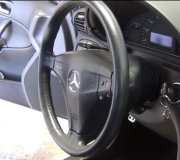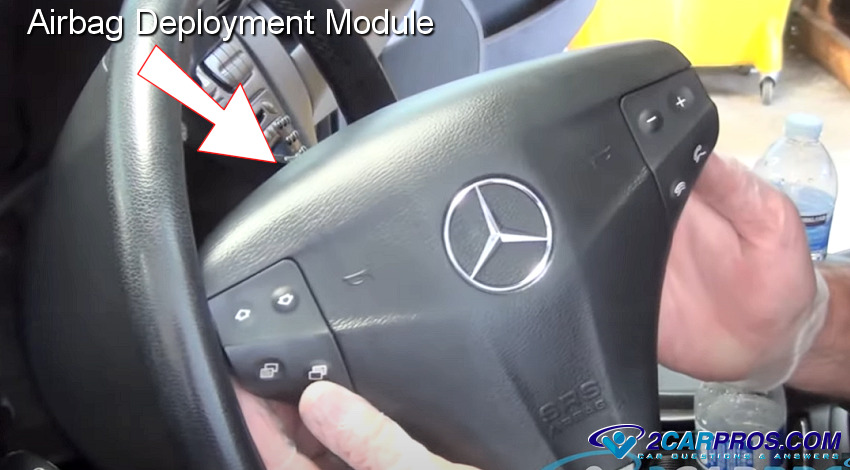Earlier this year in May, I decided to replace all 4 brake pads and rotors. I upgraded to Centric Slotted Rotors (good quality/good business) and Hawk HPS brake pads. I did the entire job myself over a few hours and drove around to bed the pads. I also bought 4 brand new tires and had a balance done at Discount Tire because my tread was very low. Afterward, on the highway, I quickly noticed a pretty bad shimmy at 50+ MPH. It was obviously something to do with the new rotors. I brought it to Honda and had them diagnose it. Turned out that I hadn't seated the new rotors on the hub correctly on the front passenger side. They scraped up any rust/dirt and reinstalled. My car was great from May until the end of November.
I had only driven about 4300 miles between May and Nov. Driving around one day, my brake pedal seemed to be VERY sensitive- I would barely put my foot on it and would have a solid grab. Once I got home and pulled into the garage, it smelled like burning and I could feel a lot of heat coming from the front. I walked around and looked and noticed that both my front rims were very hot to the touch- the front passenger more than the other and the smell was worse on that side. I figured it was a seizing caliper/piston. I brought to Honda, they diagnosed it as such and replaced the entire caliper on that side. I also had them do a full tune-up since it was there and it's due at 90k miles.
Over the last 10 days since I got the car back, I noticed that I have an intermittent wheel shimmy (like before, except this is intermittent- it's not constant like the problem mentioned above). I called Honda and the guy said "Oh, we rotated the tires when we did the job, so you probably just need a wheel balance." The next day I went to Discount Tire and had them balance all 4. Keep in mind this is after only 4500 miles on the tires (they require/recommend rotation every 6000 miles).
Driving around I still have an intermittent shimmy. It doesn't pull either way and it comes and goes. I'll be driving at 65-70 and it will start shaking pretty bad, then within a few seconds (at the same speed, same road, no difference in pavement) it fades away and stops. Then after another 15-20 seconds, it returns. It keeps doing this regardless of what road I'm on or pavement type. I cannot notice it at all until I hit 60mph.
I have had the rims checked for bends and they're fine.
The only thing simple that I can think of that I haven't done is get an alignment. It doesn't pull and hasn't been wearing uneven though, plus the problem started RIGHT after I brought it to Honda for the seizing caliper. I'm very weary to bring it back to Honda again because I've had this car 3 years now, done all the maintenance myself to this point and haven't had a problem until I started bringing it there. At the same time, I feel like it's their problem to fix since they introduced it the last time they worked on my car.
Any idea of what I can do/check on my own before I go fight with them about this problem?
Here are 2 things I'm unsure of that may help a diagnosis:
1.) The brake pads have a very very slight rub when I jack the car up and turn the wheels (I've heard this is normal)- is it?
2.) Jacking the car up and spinning the rims while sitting eye-level with the top of the tire, there is a distinct dip in one section of the tire as it spins- it's very noticable. Could this mean the tires that bought (that only have 4500 miles on them) are bad? If so, then why did the original shimmy go away and why would it return now?
Thanks for the input!
Thursday, December 15th, 2011 AT 5:26 AM



